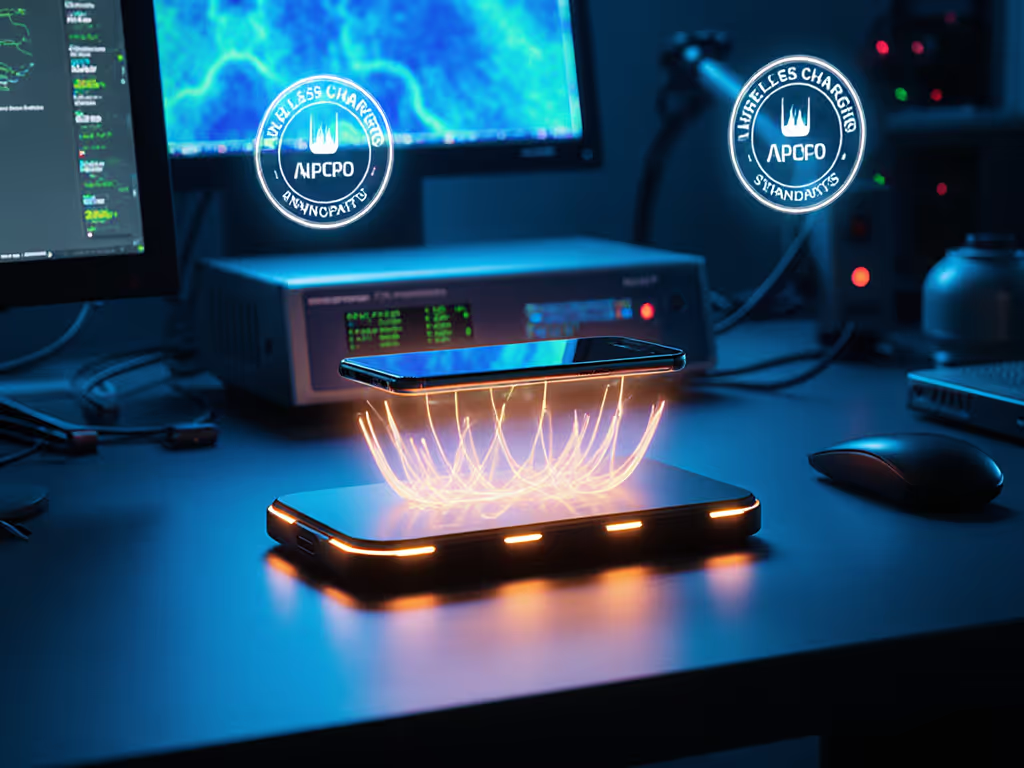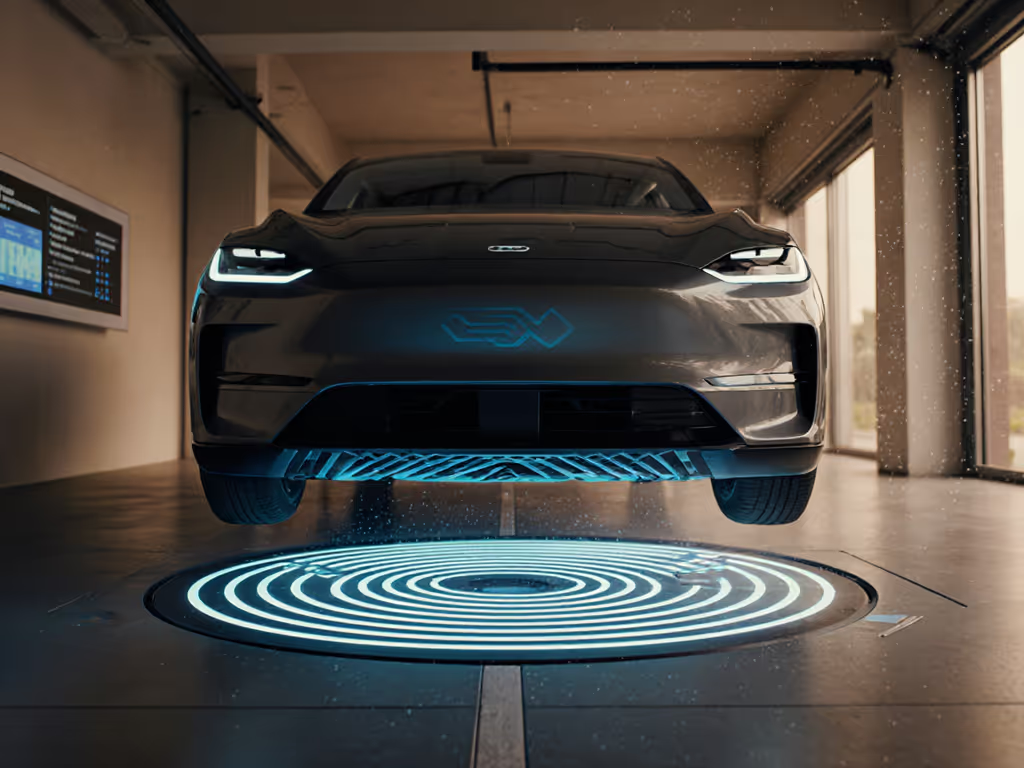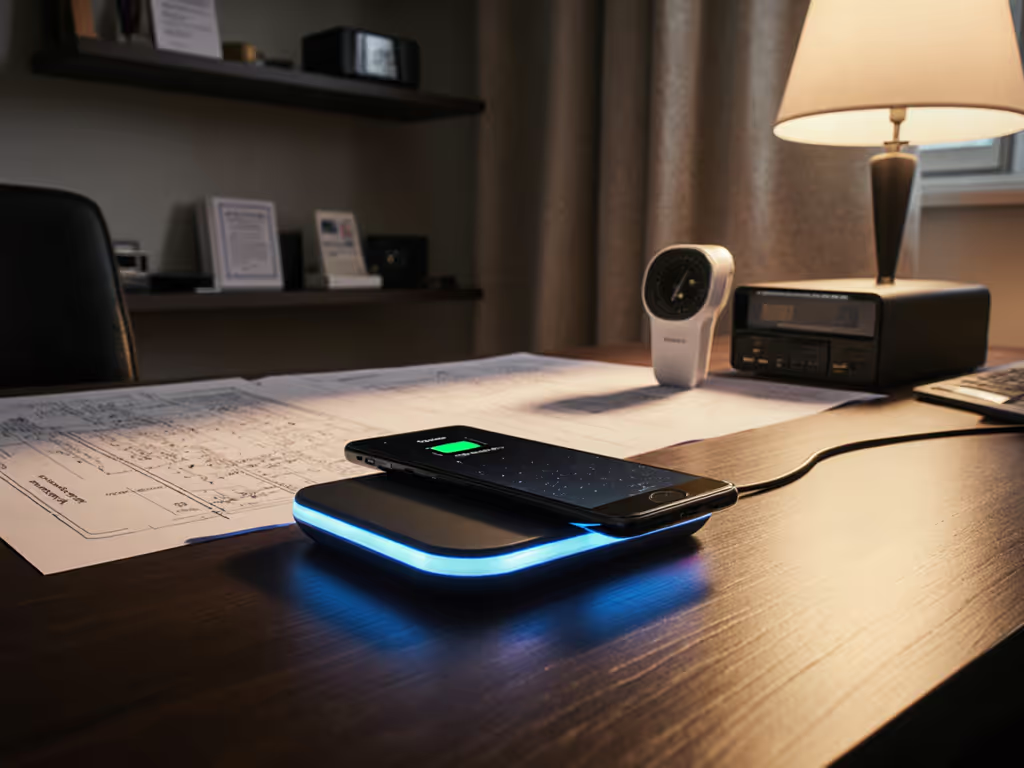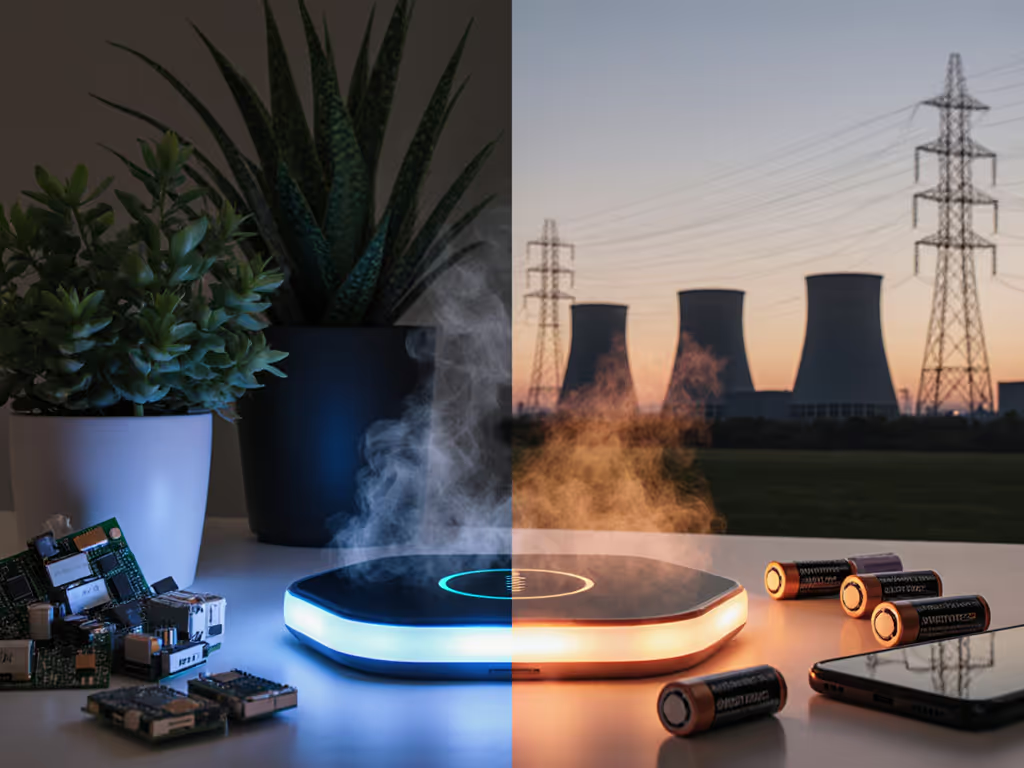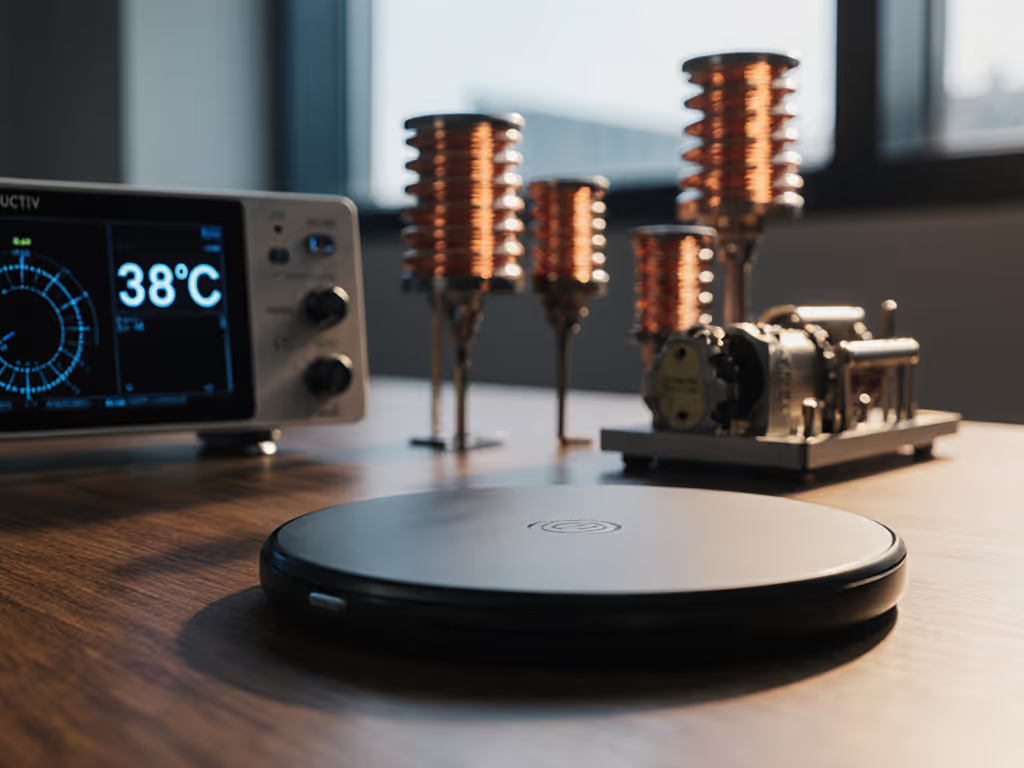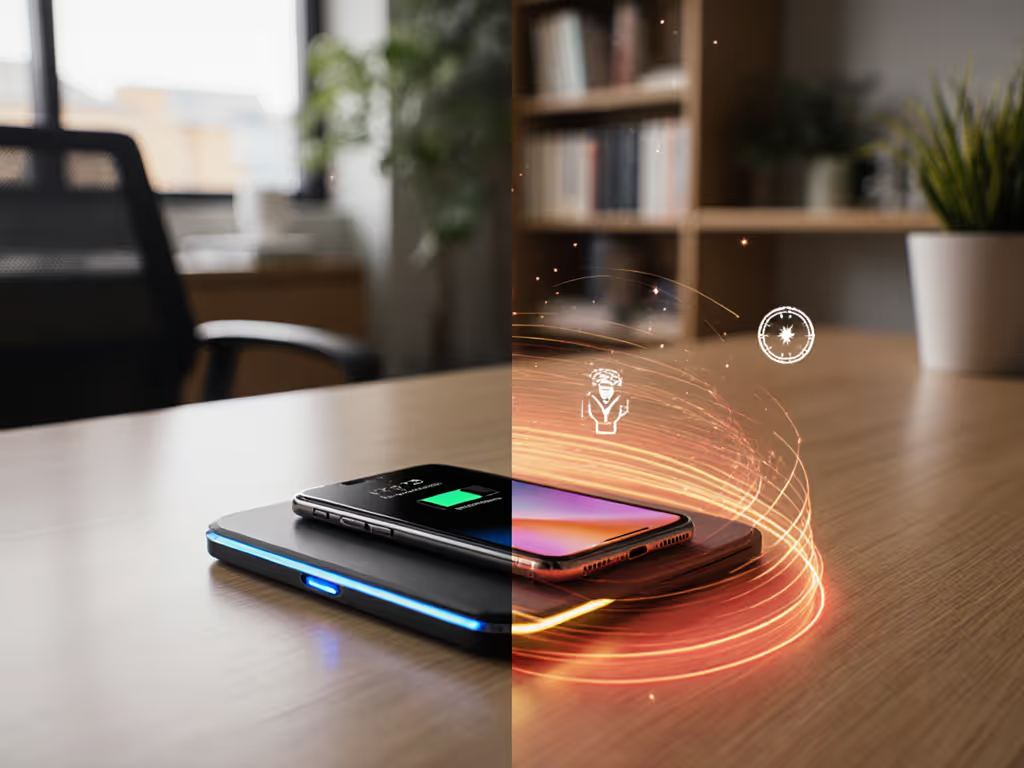When you invest in an auto wireless charger system for your electric vehicle, you're not just buying hardware, you're designing a daily ritual. The right wireless charger creates calm mornings instead of cord chaos, eliminates that "Will this work?" anxiety when guests arrive, and keeps your garage looking intentional. After years of designing guest-friendly charging ecosystems (from nightstands to car consoles), I've learned that clarity and placement matter more than chasing peak wattage numbers. Let me show you how to build an EV charging flow that works seamlessly today while leaving room for tomorrow's innovations.
Why Your EV Charging Flow Needs Design Thinking
Most EV owners focus purely on specs: "How fast does it charge?" or "What's the range?" But as a former hospitality operations lead, I've seen how friction points like misplaced cables or confusing interfaces create hidden stress. When my parents visited, they hesitated to plug in their rental EV, worried about damaging our equipment. That's when I realized: predictable, obvious homes for power transform anxiety into confidence. Calm spaces emerge when power has predictable, obvious homes.
Step 1: Map Your Charging Zones
Treat your property like a hotel, identify where power lives in different contexts:
- Garage Zone: Primary charging hub (70% of use)
- Driveway Zone: Backup for guests or secondary vehicles (20% of use)
- Public Zone: Emergency top-up spots (10% of use)
For each zone, calculate your power budget:
| Zone | Daily kWh Need | Wireless Solution Type |
|---|
| Garage | 30-40 kWh | 11 kW electric vehicle charging pad |
| Driveway | 10-15 kWh | 3.7-7 kW pad |
| Public | On-demand | Community wireless charging station |
Pro Tip: Always leave 20% headroom in your power budget. That EV heat pump running while charging? It eats extra kilowatts.
Step 2: Design Your Physical Flow
Wireless EV charging eliminates cables, but placement still makes or breaks the experience. Here's how to create foolproof alignment:
- Garage Floor Marking: Use glow-in-the-dark tape to outline where tires should stop (6-inch tolerance zone)
- Visual Confirmation: Position pads so vehicle indicator lights are visible from your door
- Guest Path: Create a "charging trail" with subtle markers from driveway to pad
Label beats lecture. When my sister first used my system, she parked perfectly on her first try because I'd painted a simple "CHARGE HERE" arrow on the floor. No instructions needed, just clear intent.
Step 3: Future-Proof Your Hardware
With Qi2 compatibility coming to EVs by 2026, avoid dead-end investments:
- Receiver Pad Requirement: Ensure your vehicle pad supports 11 kW+ (check ISO/IEC 15118-20 compliance)
- Modular Controllers: Choose systems where the power electronics live in a separate box
- Cable Management: Even wireless systems need power feeds, so conceal with PVC conduit painted to match walls
Avoid the "wireless wireless charger" trap. Some manufacturers misleadingly market magnetically attached wired chargers as "wireless." True wireless uses electromagnetic induction without physical contact. Check for SAE J2954 certification stickers.
Step 4: Build Your Guest Mode
Households with visitors need frictionless charging. Create a universal setup:
- Mount a weatherproof cover over your driveway pad (removable in 10 seconds)
- Place a laminated quick-start guide on the garage wall
- Program your system to auto-activate when any vehicle stops over the pad
This is where labeling transforms anxiety into confidence. That time my dad successfully docked his rental EV? He exhaled like he'd passed a test. Guest-friendly means designing for nervous first-timers.
Step 5: Plan for What's Next
Future-proofing isn't about buying the most expensive gear. It is about leaving integration paths open:
- Dynamic Charging Ready: Position your pad so it could connect to future road-embedded systems
- V2G Capable: Even if you don't need vehicle-to-grid now, choose controllers that support bidirectional flow
- Qi2 Expansion: Leave space under your pad for accessory charging (phones, keys)
Recent infrastructure trials show dynamic wireless charging roads will hit major corridors by 2027. For a deeper dive into wireless EV charging safety, current implementations, and what's next, see our guide. Your home system should speak the same language as public charging station networks.
The Hidden Benefit: Reduced Decision Fatigue
Here's what nobody tells you: a well-designed wireless charging flow saves more than time. It preserves mental bandwidth. When your EV charging just works, you stop thinking about it. That cognitive space fuels better decisions elsewhere in your day. My parents' relief when they mastered charging? That's the power of intuitive design.
Wrapping Up: Your Path Forward
Building a future-proof EV wireless charging system isn't about chasing the latest specs, it's about creating flows that feel effortless. Prioritize clear zones, intuitive paths, and guest-ready setups over raw numbers. Remember that calm spaces emerge when power has predictable, obvious homes.
